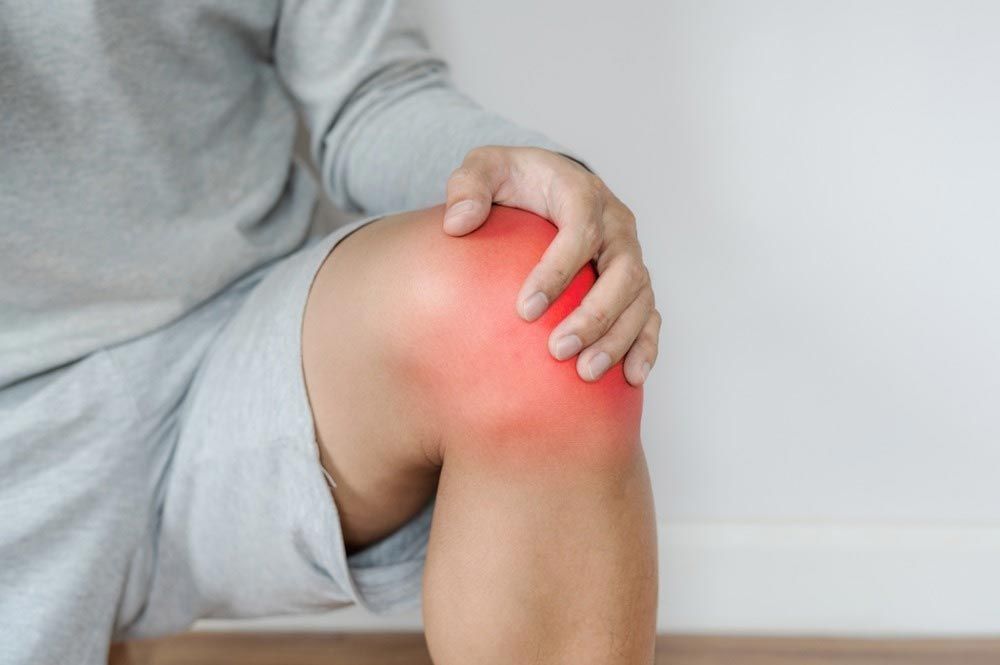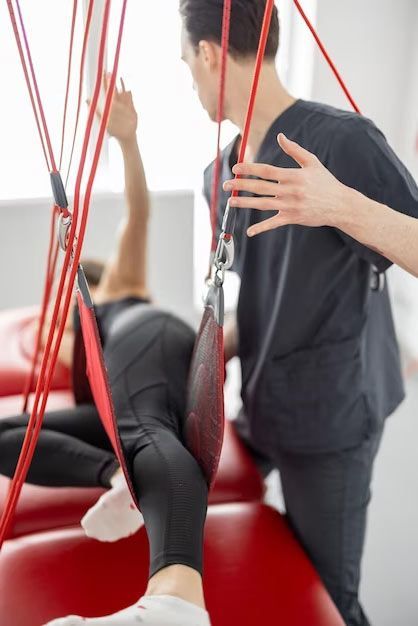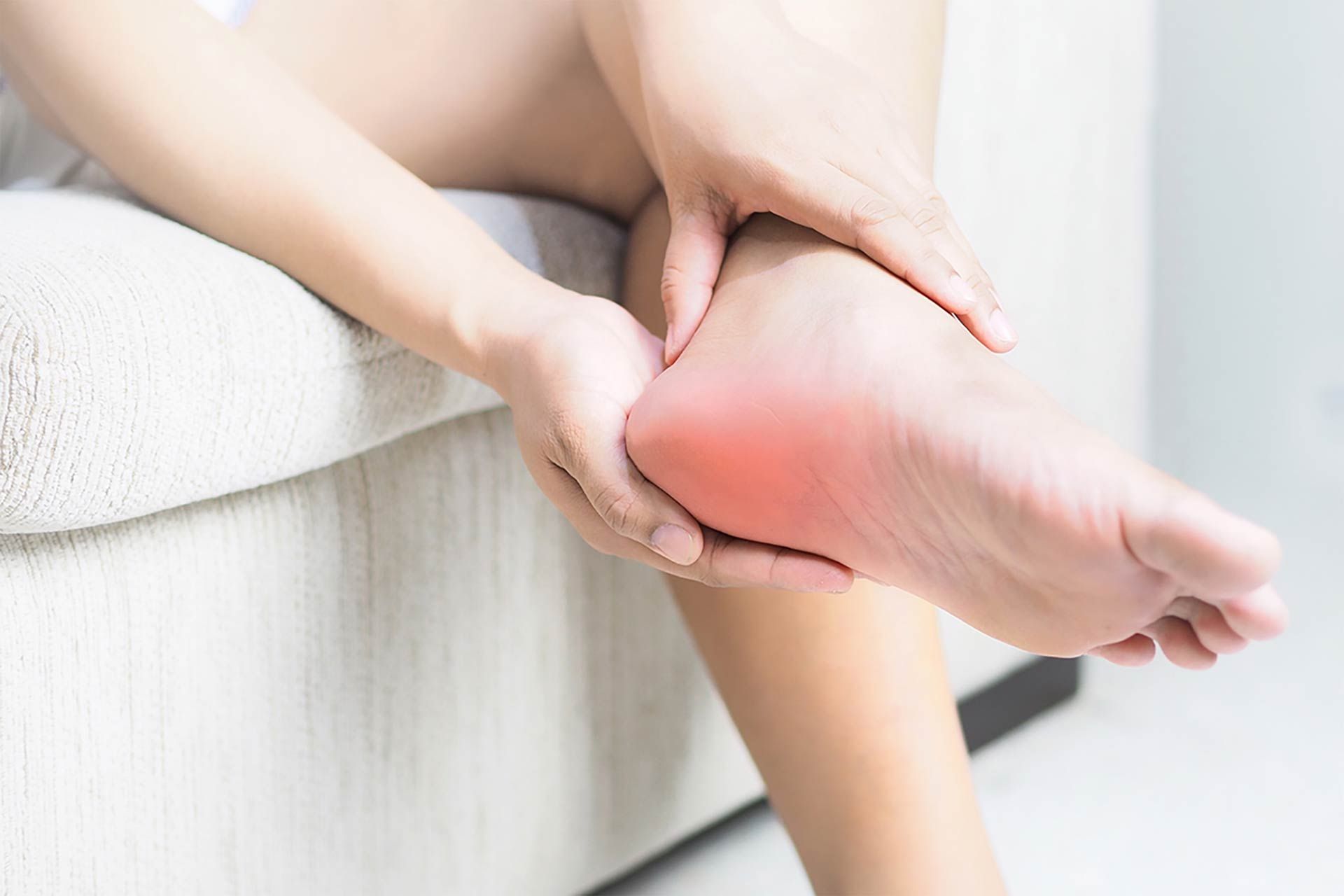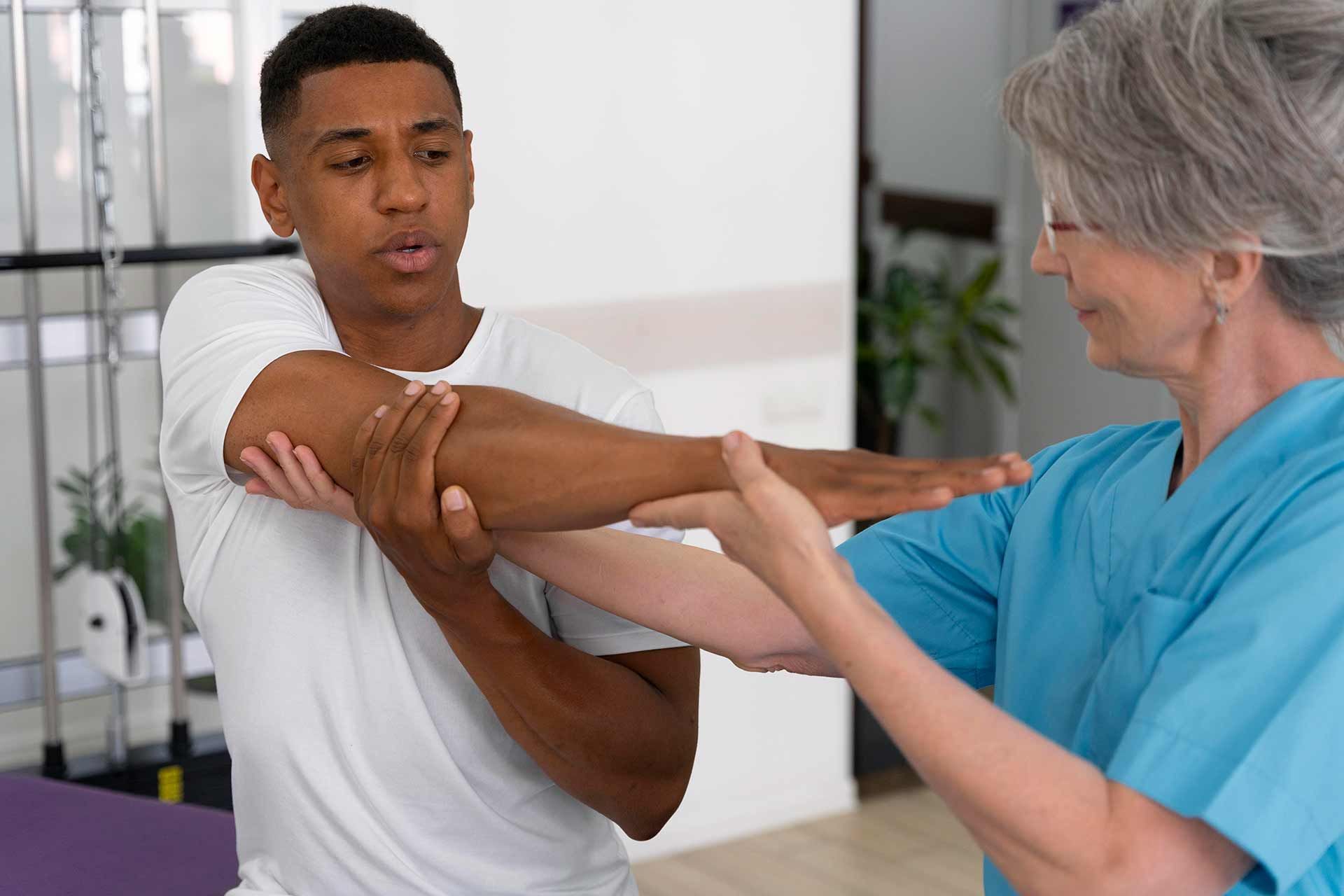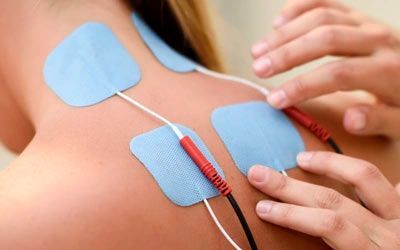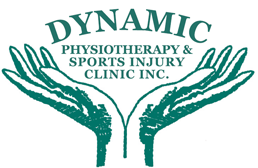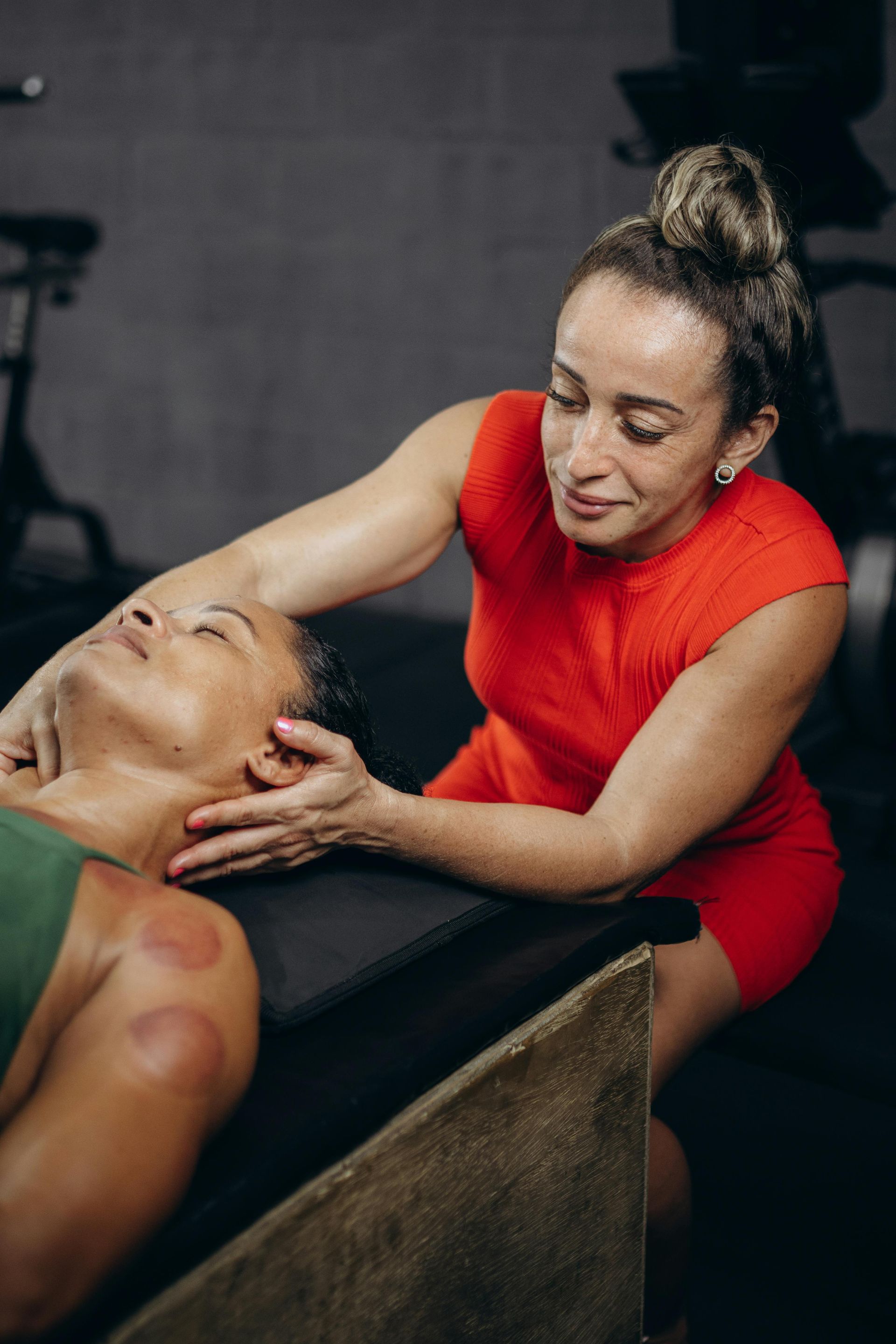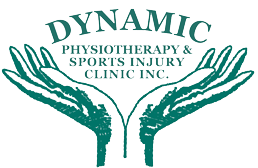By Robert Wodz
•
February 27, 2025
Injuries can happen to anyone, whether from sports, daily activities, or unexpected accidents, and the recovery process can often be challenging. Pain, reduced mobility, and muscle weakness are just some of the barriers individuals face when trying to return to their normal routines. Physiotherapy offers an effective, non-invasive approach to healing by addressing the root cause of the problem, restoring movement, and reducing discomfort. At Dynamic Physiotherapy in Mississauga, we specialize in helping patients recover from a wide range of injuries, from minor strains to more complex conditions. Through evidence-based techniques and personalized treatment plans, we support your recovery and help you get back to doing the activities you love. Common Types of Injuries Physiotherapy Can Treat Physiotherapy is highly versatile and can address a variety of injuries, whether they’re caused by sports, repetitive movements, or everyday mishaps. Here are some common types of injuries treated through physiotherapy: 1. Sports Injuries: Athletes of all levels are prone to injuries such as sprains, strains, and ligament tears. Physiotherapy not only helps with recovery but also improves performance and reduces the risk of re-injury. How physiotherapy helps: Techniques like manual therapy, strengthening exercises, and movement retraining improve joint stability and muscle function. 2. Acute Injuries: Accidents such as falls, slips, or direct impacts can lead to injuries like fractures, sprains, or dislocations. How physiotherapy helps: Rehabilitation programs focus on pain relief, restoring range of motion, and rebuilding strength. 3. Overuse Injuries: Repetitive motions or prolonged activities can lead to conditions like tendinitis, shin splints, or carpal tunnel syndrome. How physiotherapy helps: By identifying the root cause, physiotherapists design exercises and ergonomic changes to relieve strain and prevent further damage. 4. Post-Surgical Recovery: After surgery, the affected area often requires targeted rehabilitation to regain mobility and strength. How physiotherapy helps: Physiotherapy accelerates healing, minimizes scar tissue formation, and improves functional outcomes post-surgery. 5. Chronic Pain Conditions: Conditions like arthritis, sciatica, or fibromyalgia can result in long-term pain and stiffness. How physiotherapy helps: By addressing underlying inflammation or muscle imbalances, physiotherapy provides lasting relief and enhances quality of life. How Physiotherapy Facilitates Recovery from Injuries Physiotherapy goes beyond symptom management to address the root causes of injuries. Here’s how physiotherapy supports recovery and promotes healing: 1. Pain Management: Techniques such as physical modalities, ultrasound therapy, and acupuncture target the source of pain and inflammation, providing relief without relying on medication. 2. Restoring Mobility: Injuries often lead to stiffness and limited range of motion. Physiotherapists use stretching, joint mobilization, and functional exercises to improve flexibility and restore movement. 3. Strengthening Weak Areas: Injuries can weaken certain muscles, leaving them vulnerable to further damage. Physiotherapy incorporates strength-building exercises to stabilize and protect the affected area. 4. Preventing Re-Injury: By addressing imbalances, improper movement patterns, or posture issues, physiotherapy helps prevent future injuries. 5. Personalized Rehabilitation Plans: Each injury is unique, and physiotherapy programs are tailored to the specific needs and recovery goals of the patient. 6. Education and Self-Management: Physiotherapists educate patients on proper techniques for daily activities, exercises, and postural adjustments to support recovery and prevent future issues. Benefits of Physiotherapy for Injury Recovery Recovering from an injury with physiotherapy offers numerous advantages, including: 1. Faster Healing Times: Physiotherapy accelerates recovery by promoting circulation, reducing inflammation, and encouraging tissue repair. 2. Reduced Pain and Discomfort: Hands-on techniques and therapeutic exercises alleviate pain, allowing patients to move more comfortably. 3. Improved Strength and Function: Rehabilitation focuses on rebuilding strength and function in the affected areas, enabling patients to return to their daily routines with confidence. 4. Enhanced Mobility and Flexibility: Restoring full range of motion ensures better overall functionality and reduces stiffness. 5. Prevention of Chronic Conditions: Addressing injuries early can prevent long-term complications, such as joint degeneration or chronic pain. 6. Customized Care: Every treatment plan is designed to meet the individual needs of the patient, ensuring the best possible outcomes. What to Expect During Physiotherapy for Injuries At Dynamic Physiotherapy, we provide a personalized and comprehensive approach to injury recovery. Here’s what you can expect during your physiotherapy journey: 1. Initial Assessment: Your physiotherapist will evaluate your injury, medical history, and current mobility to understand the full scope of your condition. This includes identifying any underlying causes of the injury. 2. Customized Treatment Plan: Based on the assessment, a tailored rehabilitation program will be created to address your specific needs and recovery goals. 3. Hands-On Therapy: Manual therapy techniques, such as joint mobilization, massage, or myofascial release, are used to relieve pain and improve mobility. 4. Targeted Exercises: Your physiotherapist will guide you through exercises that strengthen the affected area, improve flexibility, and promote healing. 5. Modalities for Pain Relief: Techniques like ultrasound therapy, heat/cold therapy, or acupuncture may be used to manage pain and enhance recovery. 6. Education and Prevention Strategies: You’ll receive guidance on how to avoid re-injury, including advice on proper movement techniques, posture, and activity modifications. 7. Ongoing Progress Monitoring: As you progress, your physiotherapist will adjust your treatment plan to ensure you’re on track to achieve your recovery goals. Why Choose Dynamic Physiotherapy for Injury Recovery? At Dynamic Physiotherapy in Mississauga, we pride ourselves on delivering exceptional care to help patients recover from injuries and regain their quality of life. Here’s why we’re a trusted choice: ● Experienced Team: Our physiotherapists are skilled in treating a wide range of injuries using evidence-based techniques. ● Personalized Care: Every treatment plan is tailored to meet your unique needs and goals. ● Comprehensive Services: From manual therapy to advanced modalities, we offer a holistic approach to recovery. ● Convenient Location: Our Mississauga clinic is easily accessible for patients seeking expert care. Start Your Recovery Journey Today Don’t let an injury hold you back from living your best life. At Dynamic Physiotherapy in Mississauga, we’re here to help you recover faster, reduce pain, and regain your mobility. Contact us today to book your initial consultation and take the first step toward a stronger, healthier future. Together, we’ll create a personalized plan to get you back to doing what you love.
